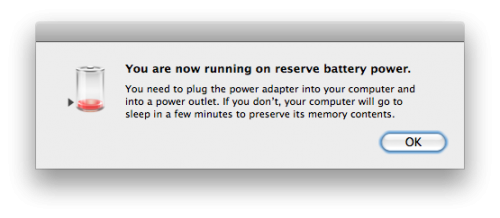One unforgettable hiccup in live-TV news: Battery drainage in cold weather
by Than Win Htut / August 8, 2012 / No comments
The first live broadcast of the Democratic Voice of Burma

In this column, since I am visiting Yangon after being in exile for more than 10 years, I’d love to share some first-hand experiences from my stay.
Some of the most touching meetings have been my reunion with my mother, and meeting with DVB’s underground video-journalists, some of whom I had never met in person.

- Though the video journalists of Democratic Voice of Burma provide daily news stories for Burma’s media, what no one gets to see is what happens behind the camera, off screen. I ask them why they do what they do and what they see as they expose a country that has been under the shadow of dictatorships for decades.

- Than Win Htut joined Democratic Voice of Burma since 2005 as a senior producer and began working as a sub-editor in tv news last year. After leaving Burma, Than lived on the Thai-Burma border and wrote for many exiled media outlets including Khit Pyaing, Amyin Thit, The Irrawaddy Magazine, and Mizzima News. He produces his own weekly science and technology TV show called “Khit Hlaine,” working with around 40 Burmese reporters living in Thailand and 40 living in Burma. He currently lives in Oslo, Norway.
Though we have been working together for years, under the regime, many of the reporters used pseudonyms and had to keep low profiles. Still, as soon as the underground VJ’s met each other, they became close friends and shared their experiences, difficulties, achievements, and frustrations.
And that’s what we did. We discussed the most vivid memories about the difficult beginning of DVB. We remembered how with very limited resources we had to produce one hour of programming per week, which became one hour of daily news, and eventually grew into four hours of daily programming, including live broadcasts from exile. And, of course, the story that we couldn’t avoid was our first live broadcast.
On May 17 2010, Norwegian Constitution Day, we set up the infrastructure for a live broadcast in our control room and took the opportunity to test our live work flow for the first time. After preparing some pre-filmed segments, I was set to report live in front of the King’s palace where thousands of local Norwegians had gathered to watch children from different schools march.
It was an exciting day for DVB, which until then had only run pre-filmed programs. In particular, we planned to use the live news equipment to cover the 2010 elections in Burma, so this celebration in Norway was good practice.
Though we couldn’t afford the latest mobile streaming technology and other hi-tech equipment, we could use free video chat clients such as Skype and Oovoo. We connected to the internet via a 3G mobile USB device. After several test runs on the video call system, the anchors in-studio, the operators in the control room, and myself, the reporter in the field, were all quite confident.
In front of the crowd at the King’s palace we set up a small handy-cam on a tripod, connected through a firewire cable to a Macbook Pro that was placed on a cardboard box I picked up from a trash pile. A Norwegian filmmaker was also following me and filming the whole process, since it was a significant step for DVB’s televised broadcasts. This was a historic moment. After about 20 minutes we were connected to the control room, whereupon “Aye Aye Mon,”—the anchor—and I practiced a conversation on what, where, when, and how I was witnessing the event. We then started the live conversation and Aye Aye Mon began to interview me.
But an unexpected obstacle occurred during our report, which lasted almost 3 minutes. We lost connection. I was frantic when I saw the blacked-out computer screen. I pushed the power button again and again, shook my computer, listened for the noise of the hard-disk spinning, but nothing happened. It seemed like it had run out of battery, but a Macbook battery is supposed to last for at least three hours. This battery was gone after only 20 minutes of use. I was more than frustrated. I had to inform my chief editor that I couldn’t do anything more except run back to the office to get some footage I had pre-recorded.
As soon as I was back in the office, where the broadcast was still going well with other prepackaged segments, I connected my Macbook to the charger. It booted up and ran well. Why? I was puzzled and couldn’t find any cause for the previous battery failure. Eventually, a Norwegian visitor suggested that it was probably because battery power drains quickly in low temperatures. It was the final answer.
We prepared and experimented a lot with connections, video calls, and practiced the conversation between the reporter and the anchor, but we were only able to have a little more than two minutes of live conversation—even though we planned for seven to eight minutes of live reporting. We just didn’t know Norway’s low temperatures could kill my battery life so quickly. It was a historic live TV news report, but also an unforgettable lesson.




